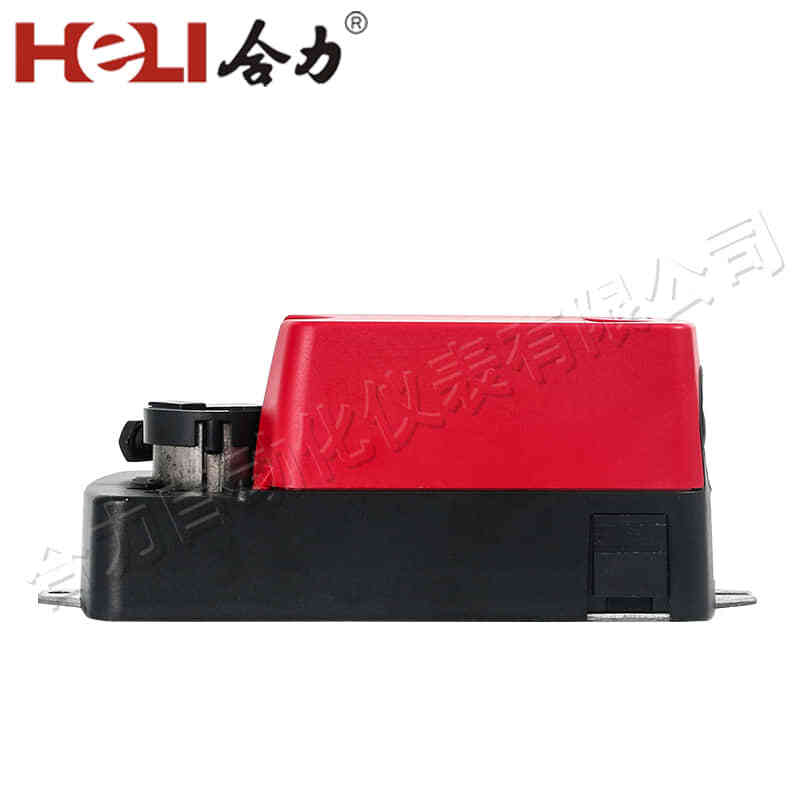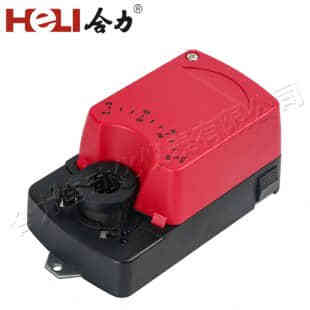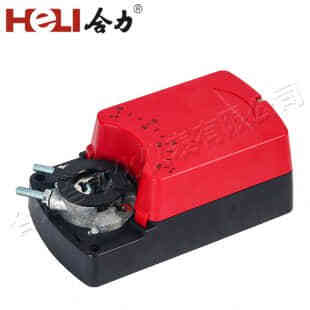

What is a Damper Actuator?
A damper actuator is an electric or pneumatic device designed toopen, close, or modulate dampers. These dampers are installed in ducts to regulate airflow, often in response to signals from a central control system. The actuator uses a motorized mechanism to adjust the damper position. Depending on the system design, actuators can control both single and multi-blade dampers, ensuring airflow is adjusted according to the demand of the building's HVAC system.
The types of damper actuators available on the market include electric, pneumatic, and hydraulic models. Electric damper actuators, like those offered by CNHELI, are the most common, as they provide more precise control and can be integrated into automated systems. They are typically powered by low-voltage signals and can be controlled remotely, making them ideal for modern HVAC systems.

Damper actuators play a crucial role in heating, ventilation, and air conditioning (HVAC) systems by controlling the flow of air through ducts and ventilation units. These devices regulate the position of dampers, which are responsible for managing airflow, temperature, and pressure within a building’s HVAC system. By precisely controlling the damper blades, the actuator ensures that the right amount of air flows to each zone, optimizing comfort and energy efficiency.
At the heart of damper actuation technology is CNHELI, a company known for its innovative solutions and high-performance actuators that are widely used across various industries. CNHELI's actuators are engineered to offer precise, reliable, and efficient control of airflow, ensuring that HVAC systems operate smoothly and efficiently. In this article, we will explore the importance of damper actuators, their functioning, and the contribution of CNHELI to this technology.